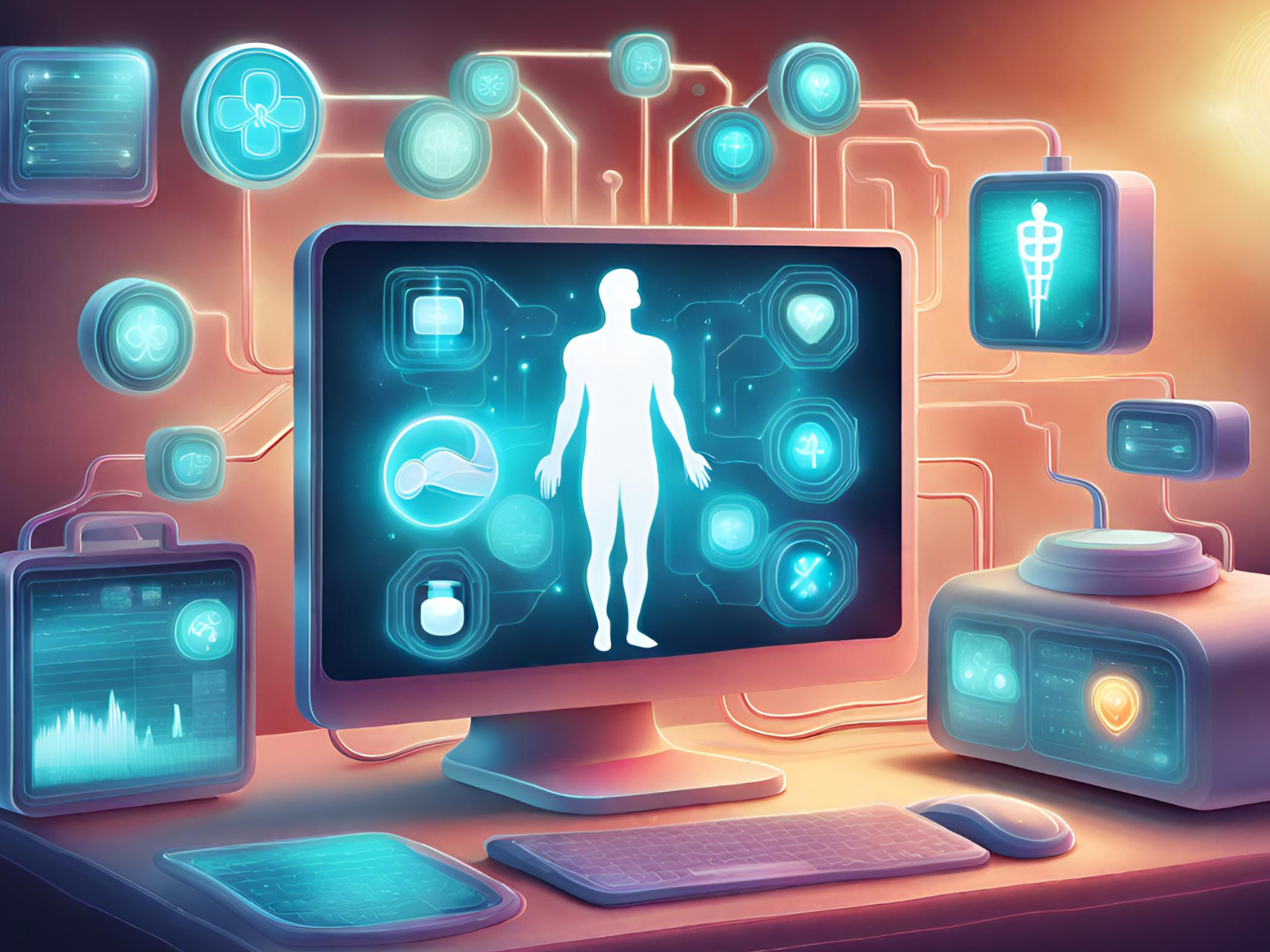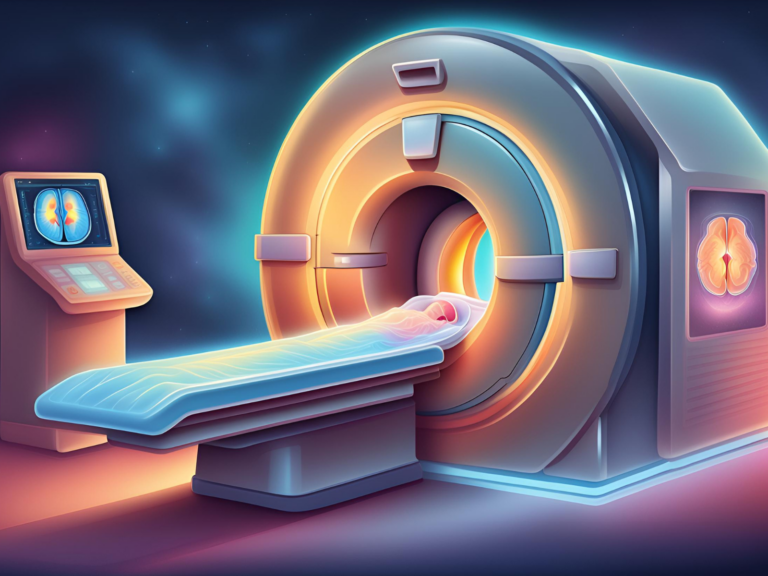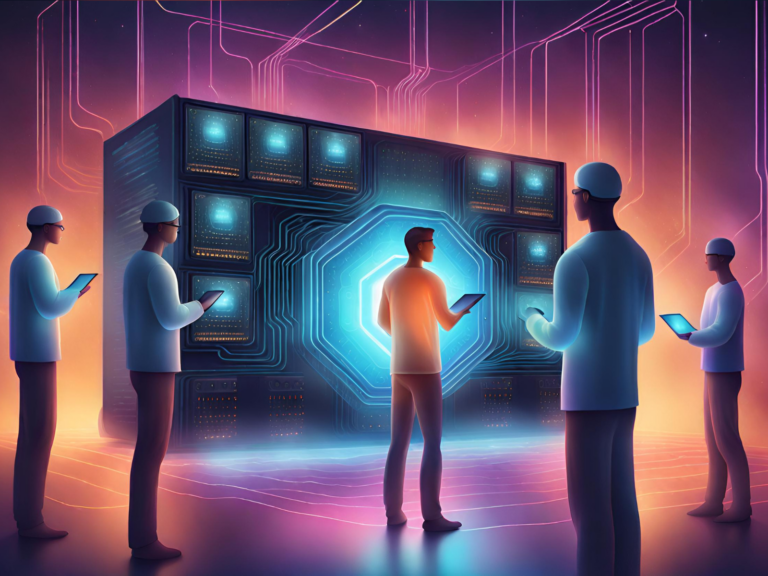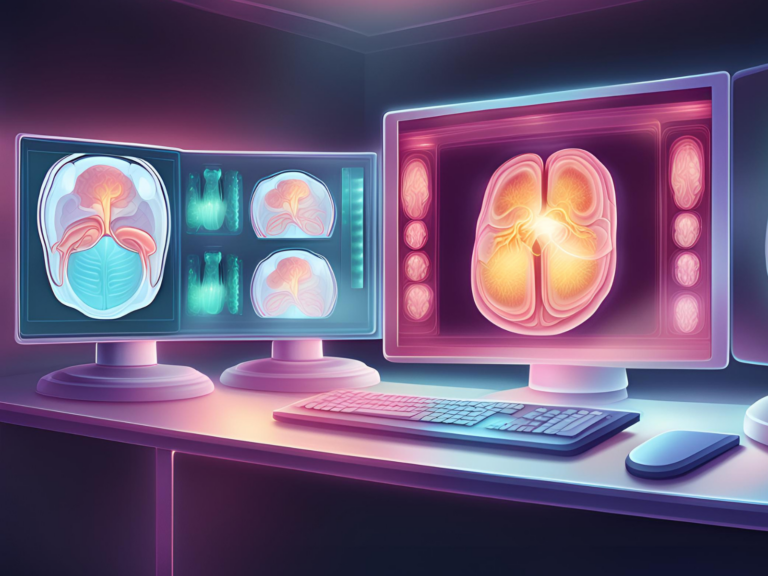Internet of Medical Things (IoMT)
In the dynamic world of healthcare, an unprecedented digital transformation is underway, merging the physical and digital realms to show a new era of medical innovation and patient care. The fusion of the Internet of Medical Things (IoMT) with computational intelligence is at the forefront of this revolution, heralding a transformative shift in healthcare delivery and management.
This paradigm, known as Healthcare 4.0, is characterized by a seamless integration of interconnected devices, advanced analytics, and artificial intelligence (AI) to foster a holistic, patient-centered healthcare ecosystem.
The Rise of the Internet of Medical Things (IoMT)
At the core of Healthcare 4.0 lies the Internet of Medical Things (IoMT), a subset of IoT technologies specifically designed for healthcare applications. The IoMT encompasses a wide array of connected devices — from wearable health monitors to sophisticated hospital equipment — that collect, analyze, and transmit health data in real-time.
This ecosystem is not just about the devices themselves but also about the data they generate and the insights this data provides. With the global IoMT market size valued at over USD 44 billion in 2020 and projected to grow at a compound annual growth rate (CAGR) of around 19.2% through 2028, the adoption of IoMT technologies is rapidly expanding across healthcare systems worldwide.
Computational Intelligence: Powering Personalized Care
Parallel to the growth of the Internet of Medical Things is the rise of computational intelligence in healthcare, leveraging machine learning, natural language processing, and other AI technologies to process vast amounts of health data. This synergy enables the development of predictive models that can personalize patient care, optimize treatment plans, and even predict disease outbreaks before they happen.
Studies and innovations in this space are burgeoning, with researchers utilizing pattern-based classification methods, machine learning models, and NLP techniques to unearth new insights in chronic disease management, patient data analysis across hospitals, and even in the detection and monitoring of diseases like COVID-19 through audio signal analysis.
Challenges and Future Directions
Despite the promise of IoMT and computational intelligence, this journey is not without its hurdles. Ethical considerations, data security, and privacy challenges remain at the forefront of discussions, requiring robust solutions and regulations to protect patient information. Additionally, the technological disparity between regions can hinder the equitable distribution of these advancements, posing a challenge to global healthcare equity.
The future of healthcare lies in collaborative innovation, with interdisciplinary efforts between technologists, healthcare professionals, and policymakers. The aim is to ensure that these technologies not only advance healthcare delivery but also remain inclusive, ethical, and patient-centric.
A Vision for Tomorrow
As we look to the future, the continued integration of Internet of Medical Things and computational intelligence into healthcare promises to transform the patient experience, from disease prevention and early detection to treatment and management. With projected market growth and increasing adoption of digital health technologies, the possibilities are vast. The convergence of these technologies has the potential to make healthcare more accessible, efficient, and personalized, heralding a new age of medical care where technology and human expertise combine to promote holistic health and well-being.
The journey of Healthcare 4.0 is one of innovation, challenge, and immense potential. As we navigate this transformative landscape, the commitment of researchers, practitioners, and policymakers to pushing the boundaries of what’s possible will undoubtedly shape the future of healthcare in the decades to come.







